Norway spruce "Akrokona": description and cultivation
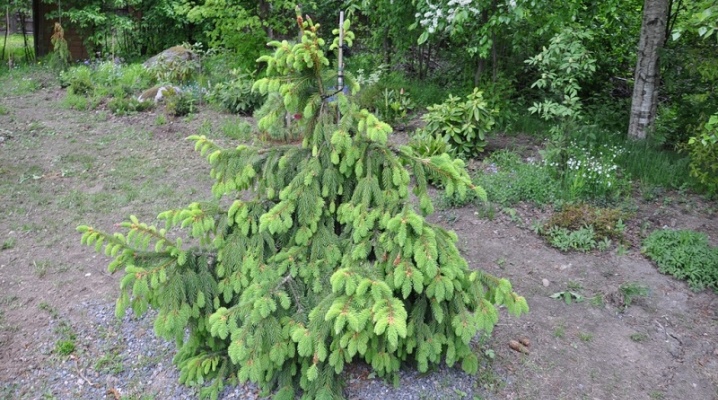
The Akrokona spruce is popular in gardening circles for its exquisite appearance. This is a relatively low tree that is suitable for planting in a limited area. Spruce needles are dark green in color, which does not change throughout the year. This variety is perfect for lovers of coniferous plantings.
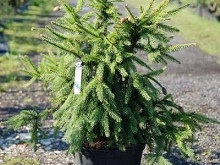


Description
This is an ordinary spruce variety. It belongs to a slow-growing species, the annual growth in height is 10 cm, in width - 8 cm. The height of the tree at the age of 30 reaches a maximum of 4 m, so it does not take up much space on the site and does not shade adjacent plantings. The crown diameter can reach 3 m, but usually this parameter is determined by the specifics of decorative trimming. The life span of the species is more than 50 years, and the preferred growing regions are from the Urals to Western Europe.
The tree has an irregular shape, its wide-conical crown looks asymmetrical, which gives it an interesting feature. The trunk is often invisible through thick, sometimes slightly curved branches tilting downward. Young needles have a light green color, with age the needles become more and more saturated, as a result, its juicy green tint remains throughout the year. The needles are sharp, they are 1-2 cm long, their thickness is 0.1 cm. The needles remain on the branches for 6-12 years.
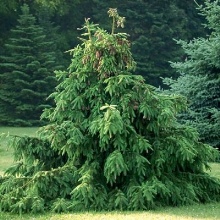
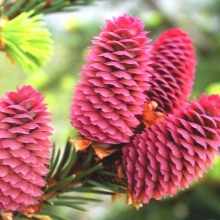
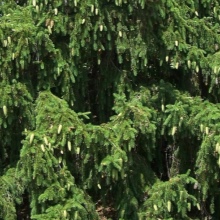
The presented variety has cute large cylindrical red cones even at a young age, they look especially beautiful against the background of dark green needles in spring. The variety is characterized by an unusual arrangement of cones - they are always located at the tips of the shoots. With the formation of a cone, the development of the branch in this season stops. Gradually, the color of the buds turns from purple to light brown.
This is a shade-tolerant and frost-hardy species, but young specimens in the spring may experience discomfort with spring frosts. An important property of "Akrokona" is its ability to release phytoncides, which have antimicrobial effect, soften the microclimate, absorb noise and dust, so being near this spruce is not only pleasant, but also good for health.
In the city, this tree is almost impossible to find, most often it is grown in private plots.
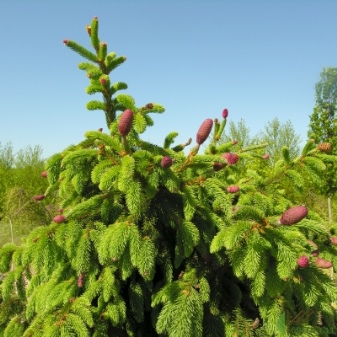
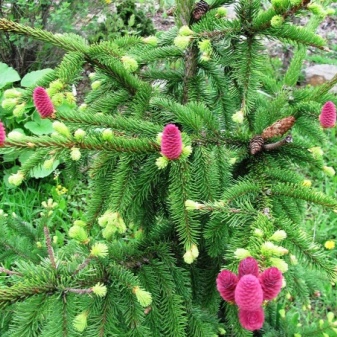
Landing
Before planting, it is important to pay attention to the choice of planting material. It is not recommended to propagate the spruce on your own. It is better to consult with experienced gardeners and purchase an already grafted seedling in a proven nursery. Next, you need to find a suitable landing site. The preferred area is sunny with a little partial shade, as far away from groundwater as possible.
The ideal soil for this species is fertile, slightly acidic loamy and sandy loam soil; the tree will not tolerate saline soil. You need to plant the plant in early spring after the snow melts. Planting is possible in the fall before frost.
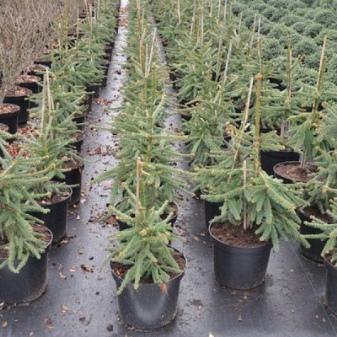

The landing technology is as follows.
- Dig a hole 50-70 cm deep.
- Lay out the drainage, it can be made of sand or broken brick with a thickness of about 20-30 cm.
- Add nutrient mixture. For its preparation, you can combine leaf and sod land, peat and sand.
- Place the seedling in the prepared hole so that the root collar is at ground level.
- If this is a group planting, then place the rest of the seedlings at a distance of at least 3 m.
- After planting, water the plant and apply top dressing, for example, 100-150 g of nitroammophoska.
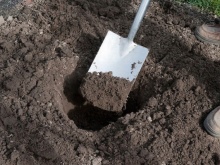
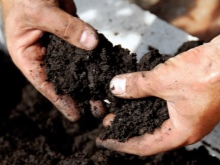

Care
A young specimen needs constant moisture and loosening. It is necessary to loosen the ground around the tree carefully every time after the watering procedure, deepening the soil by a maximum of 7 cm, since the root system of a young spruce is close to the surface. In general, this species does not have high maintenance requirements, however, it reacts negatively to stagnant water and drought, these factors can even destroy a young plant, therefore, Akrokona needs special care in the first couple of years of life, and then it can grow almost independently.
Young trees need to be covered with spruce branches for the winter. An adult plant will be able to cope with frost even without insulation - "Akrokona" is able to withstand temperatures up to -40 degrees. Young specimens are also vulnerable from the hot sun, and burns may appear on them. To do this, the specimens are shaded for the first 2-3 years of life when sunlight hits the branches.
In the summer, it is important to irrigate the tree with water, but the procedure should be performed only at night in order to avoid burns.
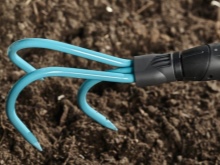
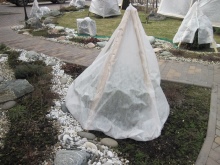
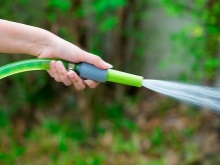
Also keep in mind that this species does not tolerate dust, exhaust gases, industrial impurities in the air, so it will not grow well near the city. It is recommended to use special fertilizers intended for coniferous crops as fertilizers. Additional food is brought in 2 times per season. The tree tolerates pruning well, the specifics of manipulation depends on the personal preferences of the owner of the site. The recommended cutting period is the beginning of summer, at which time the active growth of branches stops. Spruce reacts well to mulching with peat, mown grass, and straw.
Spruce is highly resistant to pests and diseases, but sometimes this problem does not bypass it. The main enemies of the "Akrokona" are spruce aphids and spider mites, and the most common ailments are fusarium, bark necrosis, root and stem rot. Treating the tree with soapy water will help to cope with aphids, but it is important to protect the roots from the product. The preparations "Fitoverm", "Agravertin", "Neoron" help well against the tick. Bordeaux mixture, "Skor" or other fungicides will help prevent diseases. All affected branches are eliminated, and the cut sites are treated with a solution of copper sulfate.

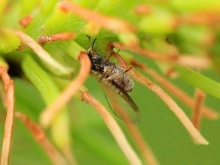
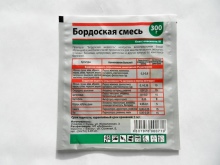
Use in landscape design
This variety is recommended for use in rock gardens and exotic gardens. A spruce tree is suitable for decorating a plot in the Art Nouveau style, for composing a composition in Japanese style, for decorating a "garden of stones". Group plantings can be used as a hedge. Also, a picturesque evergreen tree looks like a specimen plant in a small area.
Many gardeners grow this variety as part of the so-called heather orchards. The crown allows variations in shape, for example, you can make an arch, a cone or a weeping figure from a spruce. Green needles with purple cones look very beautiful among white flowers. This spruce decorates the landscape design in the winter months, when its green branches flaunt against a snow-white background.
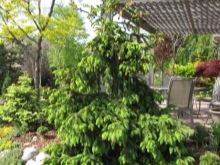

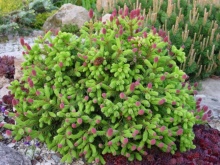
Fir trees can frame the garden alley, as well as place the tree next to other conifers, but at the same time, consider whether the fir trees will interfere with each other and shade lower plantings.
On the site, this tree helps to restrain gusts of wind, it looks majestic, solemn, and during the New Year holidays it can replace the Christmas tree.
For information on how to properly plant a coniferous plant, see the next video.



































































The comment was sent successfully.